How to get into the gym after an injury
Whether you’re starting out, or getting back into it, the gym can be intimidating and a big step to take. All the different equipment, the different areas, and people who all seem to know what they’re doing! This blog will help you enter your local gym with confidence, and before you know it you’ll go from racking nerves to racking plates!
Most gyms offer a discounted or free trial, this is a great opportunity to test the place out to see if you like it! Once you’ve signed up, here are some tips to kick things off:
Make SMART goals
Build a routine
Rest & sleep
Make it social
Diet & hydration
1. Make SMART Goals
Before your fitness journey can begin, ask yourself, “Why am I doing this?”.
Do you need to move more to be healthier? Do you need to lose weight? Get stronger? Or do you need specific strength for your injury rehab?
Similar to how we set goals through your rehab, it’s helpful to set goals for your gym training, and the best types are SMART (specific, measurable, attainable, realistic, time-focused) goals. Have a specific target for what you want to achieve. Make it measurable, make it attainable and realistic, and give yourself a timeline to achieve it. For example, “attend the gym 3 times per week”, “do 5 lunges without pain by Easter”, or “run the ‘Sutherland 2 Surf’ in winter”.
Having smart goals will keep you motivated and accountable to the core reason you’re going to the gym.
2. Build A Routine
Now you’ve made your smart goals, how are you going to reach them? With a routine of course! Consistency is key!
We can look at your routine as your weekly schedule. Are you going to the gym twice per week, or 5 times? To build strength you want to work an area 2-3 times per week, allowing recovery time between each session. So if you’re working on 1 area of your body, you might schedule the gym 2-3 times/week, or if you’re working on multiple body parts, you may go 4-6 times/week.
Now let’s zoom in to what you’ll do each gym session. While starting out, it’s helpful to have guidance writing your training program. If you’re working on your rehab in the gym, your physio or exercise physiologist would be the best person to help; if your goals are around general strength, health, or weight loss, a personal trainer at the gym would be ideal.
It’s important to have a mixture of compound and accessory/isolation exercises in your routine, within a total of 5-7 exercises. Compound exercises are exercises that move multiple body parts, like a squat or bench press. Accessory exercises are exercises that isolate specific joints or muscles, such as bicep curls or knee extensions. Compound exercises are usually more relevant to your daily life, which makes them super important. While accessory exercises are ideal for targeting key focus areas; so these are crucial if you’re recovering from an injury! Most gym routines start with compound exercises and finish with accessory exercises.
Below is an example of what a gym routine may look like. Whether you’re using the notes app on your phone, a specific training app, or old fashioned pen and paper, it’s helpful to have a space to make notes about each exercise. How many repetitions did you perform, and for how many sets? Was it too easy and you could do more next time, or was it too hard?
To start with we’ll often suggest 3 sets of 10 repetitions. This allows you enough repetitions to learn a movement and possibly reach some level of fatigue (this is good!). Depending on your goal this could change to 5x3, 3x15, 2x6, but 3x10 is a safe place to start.
3. Rest & Sleep
So you’ve been in the gym for the past week and you're starting to feel a little fatigued, your muscles are aching, you’re feeling tired, and wondering if you’ve made the right decision to do this! This means you’re doing it right! The next most important thing is rest. Rest between sets of an exercise, and rest between gym sessions.
To start, aim for 2 mins rest between each set, then as you progress, and depending on your goals, your rest periods may increase or decrease.
Our body needs time to repair from the strain caused by a gym session. Part of the repair process in your muscle involves chemical changes that can create muscle soreness, sometimes referred to as DOMS (delayed onset muscle soreness). This particular soreness can be very uncomfortable, however is nothing to worry about. It typically peaks around 3 days post-session and shouldn’t occur once your body is familiar with the new activity you’re doing.
To build strength, lose weight, and improve your health, it takes your body time to adapt to your gym sessions. A lot of this adaptation happens while you sleep! Sleep is absolutely vital for you to make progress on your goal, avoid an injury, and recover your energy levels for the rest of your life. Sleep is your top priority in recovering from a gym session.
4. Make It Social
Training with friends is a great way to stay motivated, be consistent in your routine, and make it fun! It’s one thing to come up with the perfect training program, and another to see it through month after month. Some people have intrinsic motivation, but if that’s not you, then training with a friend might be the most important thing you do.
Are your friends already at the gym? Perfect, ask them to show you the ropes! If they aren’t, see if they want to jump in the deep end with you!
Regardless of what your goal is, I bet it’s not going to be achieved overnight. Making your gym sessions fun might be the best way to ensure you’re still going in 6 months time.
5. Diet & Hydration
Eating and drinking the right stuff is just as important as what you do in the gym. This could be a blog on its own, but this isn’t our area of expertise. Simply put, you need enough carbs to give you the energy to exercise, enough protein to recover following your session, and enough water to keep everything hydrated.
A common trap to avoid; if starting the gym with a goal to lose weight, don’t also reduce your food intake according to a diet. When you start exercising, your body needs more fuel! Otherwise you’ll be left exhausted, increase your chances of injury, and none of it will be sustainable.
If you need a hand with this, we are always happy to recommend an Accredited Practising Dietitian who can help.
So, that’s our crash course in how to get started at the gym after an injury. Set some smart goals, find guidance setting up your routine, prioritise sleep and rest, make it social, and coordinate it with the right diet!
The gym can be a place where you make life changing progress. If you need any help getting started, let us know, we’d love to help 🙂








